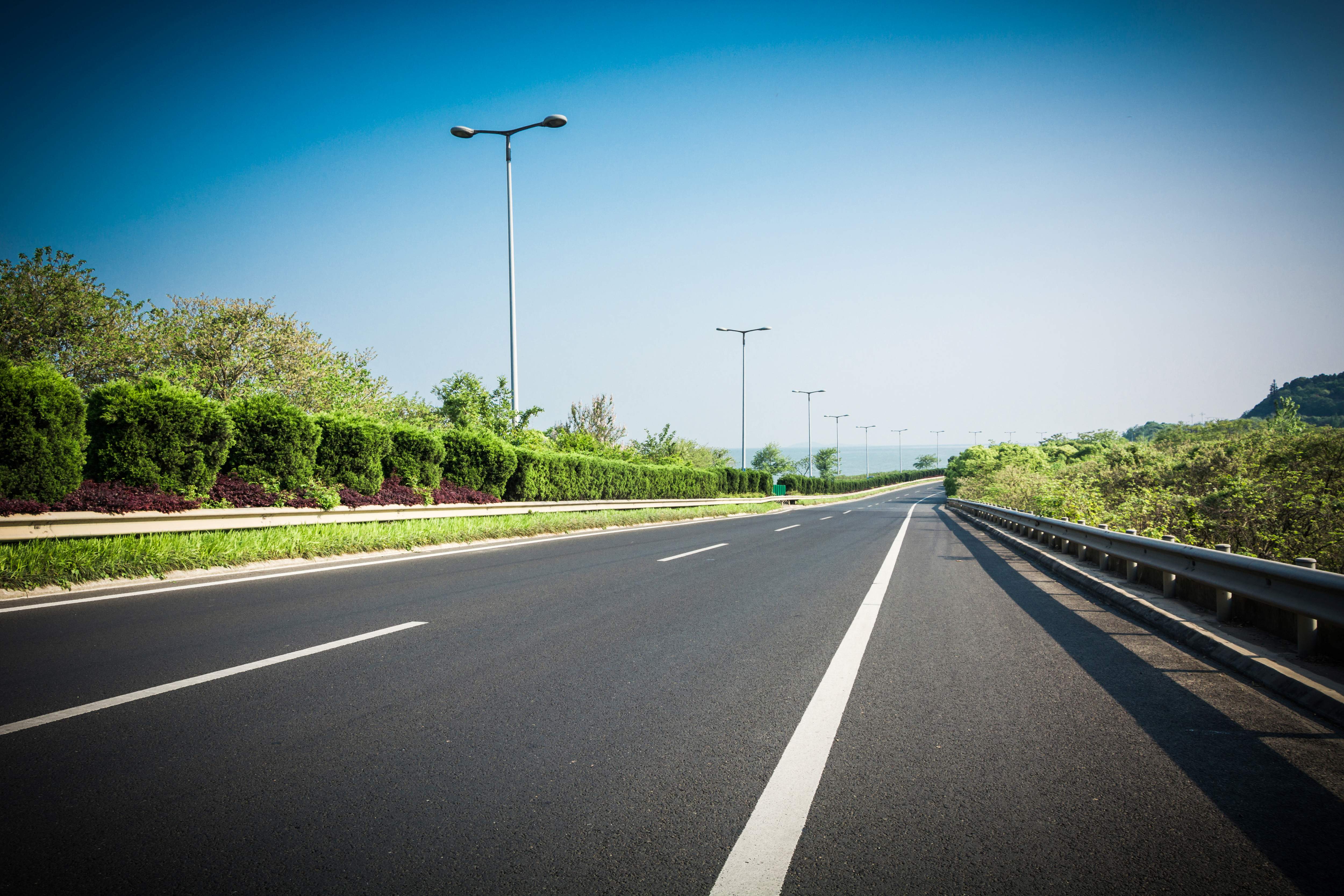
Post-Crash Care
Home
/
Post-Crash Care
Members

Pillars of Post-Crash Care
Post-crash care is a crucial part of road safety. Quick, coordinated, and effective response after an accident can mean the difference between life and death. Strong systems of emergency care, medical support, and rehabilitation reduce fatalities and long-term harm.
Rapid Emergency Response
The first few minutes after a crash are critical. Quick arrival of ambulances, fire services, and rescue teams saves lives and prevents further complications.
Trained First Responders
Police, volunteers, and bystanders trained in first aid and rescue techniques provide vital assistance before professional help arrives.
Accessible Emergency Infrastructure
Emergency helplines, ambulance networks, trauma centers, and blood banks ensure timely treatment for accident victims.
Hospital Preparedness & Trauma Care
Hospitals must be equipped with trauma units, specialized staff, and life-saving equipment to handle road accident emergencies efficiently.
Coordination Among Agencies
Seamless coordination between police, fire services, hospitals, and NGOs ensures victims get quick and comprehensive care.
Psychological & Family Support
Post-crash care goes beyond physical injuries. Counseling and family assistance help victims and families cope with trauma and recovery.
Rehabilitation & Long-Term Care
Physiotherapy, rehabilitation services, and social support systems help survivors regain independence and return to normal life.
Legal & Insurance Support
Assistance with insurance claims, compensation, and legal aid reduces the financial and emotional burden on victims and their families.
Frequently Asked Questions
What is the main goal of road safety initiatives?
The main goal is to reduce accidents and save lives by creating safer road environments for all users.
How can individuals contribute to road safety?
Individuals can follow traffic rules, stay attentive, avoid distractions, and promote safe behavior among peers.
Why is collaboration important in road safety?
Collaboration brings together diverse expertise and resources, enhancing the effectiveness of safety programs and policies.
What role do NGOs play in road safety?
NGOs advocate for safer roads, raise awareness, and implement community-based safety projects.
How does advocacy influence road safety policies?
Advocacy pushes for policy changes and accountability, ensuring that decision-makers prioritize road safety improvements.
What is capacity building in road safety?
Capacity building involves training and equipping members to plan and execute effective safety interventions.
How can communities be involved in road safety?
Communities participate by identifying hazards, spreading awareness, and supporting local safety initiatives.
What are common challenges in road safety in India?
Challenges include inadequate infrastructure, poor enforcement, distracted driving, and pedestrian risks.
Why is road safety a collective responsibility?
Because safe roads require efforts from government, organizations, and individuals to be effective.
How often should road safety training be conducted?
Regular training ensures updated skills and knowledge to address evolving road safety issues effectively.
Join Our Mission
Become part of a growing network driving road safety improvements. Sign up for updates and volunteering opportunities.
